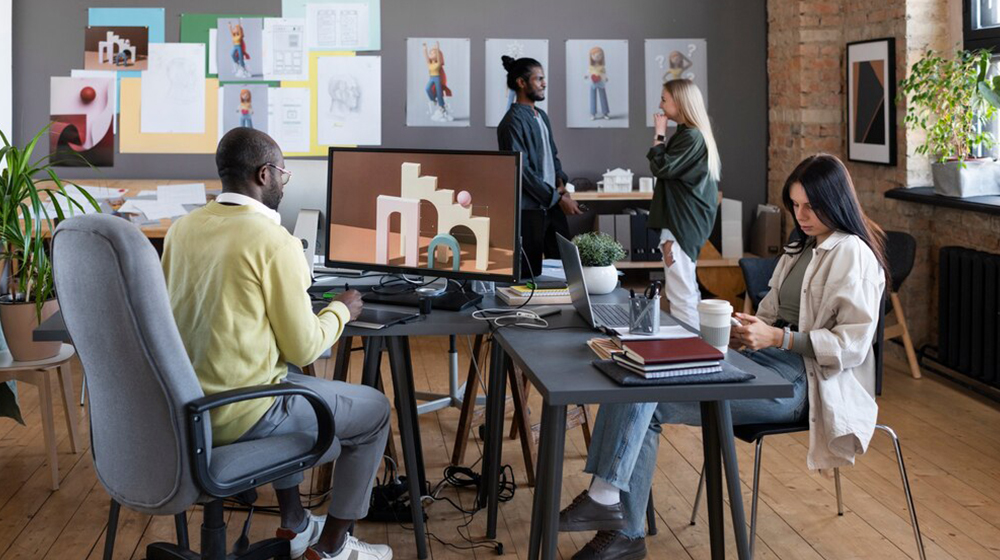The Future of Workspaces
Quantum Lead Architects
Quantum Lead Architects

The workplace has undergone a seismic shift. What was once defined by rows of cubicles, watercooler chats, and daily commutes has transformed into a fluid mix of digital and physical environments. With hybrid and remote workforces becoming the new norm, the future of workspaces must evolve to support flexibility, collaboration, and well-being.
The COVID-19 pandemic acted as a catalyst for remote work adoption. But even as restrictions lifted, many companies chose to keep remote or hybrid models due to increased employee satisfaction and productivity. Workers now expect autonomy, and companies are responding by reimagining workspaces to meet the demands of a more decentralized workforce.
Gone are the days of fixed desks and assigned seating. Today’s office must adapt to varied needs—whether it’s hot-desking, collaboration zones, or quiet focus areas. Modular furniture, movable partitions, and multipurpose spaces allow for rapid reconfiguration based on team size or task.
Seamless digital integration is critical. Offices are now equipped with high-speed internet, video conferencing tools, cloud storage, and smart whiteboards to ensure hybrid teams can collaborate effortlessly, whether they’re onsite or dialed in from across the globe.
Designing for well-being is no longer optional. Natural lighting, biophilic elements (like indoor plants), ergonomic seating, and access to outdoor areas all contribute to a healthier work environment. Mental health rooms and quiet zones are also gaining popularity.
Maintaining company culture in hybrid environments is a new challenge. Future workspaces are being designed to foster spontaneous interactions through intentional communal areas—cafés, lounges, and innovation hubs that encourage both planned and casual meetups.
For fully remote teams, the “workspace” might mean a stipend for a home office setup, access to co-working spaces, or regular in-person retreats. Investing in remote-first policies and tools ensures equity between office-based and remote staff.
With the traditional HQ model shifting, many organizations are embracing hub-and-spoke models—maintaining smaller, regional offices or co-working memberships to provide local spaces for remote employees. These setups offer flexibility and reduce the need for long commutes.
Workspaces should now be seen as strategic assets, not just physical locations. Organizations must ask:
The future of workspaces lies in adaptability. Companies that invest in smart, people-centric design will not only attract and retain talent but also thrive in a rapidly evolving work landscape.
Whether it’s a minimalist home office or a high-tech hybrid headquarters, the key is to build with purpose, guided by the needs of a workforce no longer tethered to tradition.